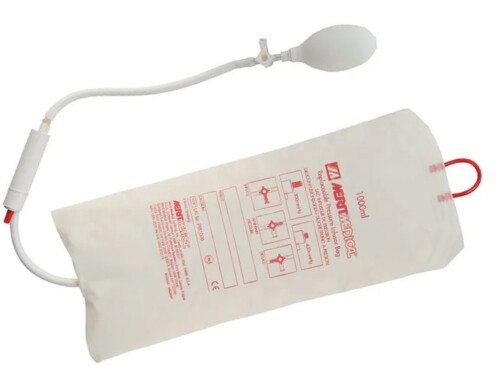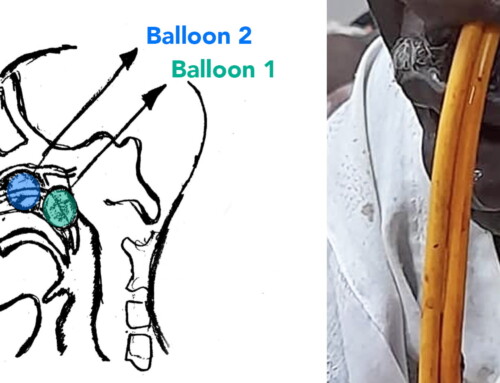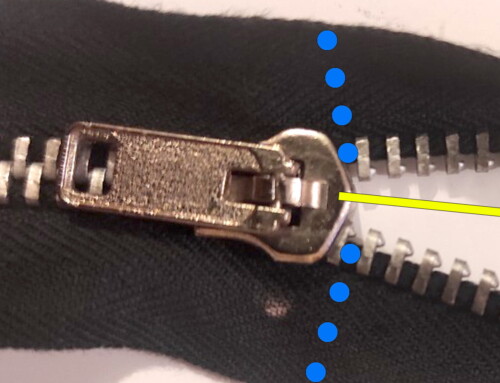You are managing a 300-pound patient with a long history of severe COPD, who now requires intubation because of a pneumonia and COPD exacerbation. You anticipate that the patient may be a difficult airway intubation and may desaturate quickly during laryngoscopy. While you are setting up to orotracheally intubate this patient, you preoxygenate this patient as best as you can with a non-rebreather mask.
What can you do to prolong the patient’s time-to-desaturation so that you aren’t as rushed to place the endotracheal tube?
Trick of the Trade
Administer high flow (≥ 5L) oxygen by nasal cannula during the face-mask preoxygenation and intubation.
A 2010 publication in the Journal of Clinical Anesthesia conducted a prospective randomized study looking at nasal cannula oxygen administration during endotracheal intubation. They found that such oxygen administration resulted in a much longer period before the patient desaturated to SpO2 < 95% (about 5 minutes WITH nasal cannula and 3.5 minutes WITHOUT it).
In a 2009 EP Monthly article, Dr. Richard Levitan (airway guru) advocates for high-flow nasal cannula administration (15L) during the intubation. Logistically, he recommends placing a nasal cannula under the face mask so that both are delivering oxygen while you are setting up for the intubation. For the intubation, the face mask is removed but the nasal cannula remains to continue delivering oxygen. In fact, Dr. Levitan recommends this for all patients (not just obese patients as in the above publication).
But wait, the patient is apneic, how would nasal cannula oxygen administration help?
Interestingly, the alveoli are constantly consuming about 250 ml of oxygen per minute. In the setting of apnea, it is theorized that the dropping partial pressure of oxygen in the alveoli creates a pressure gradient such that there is a “mass movement” of gas from the trachea and pharynx into the alveoli.
Thanks to Dr. Kit Tainter of EM Guidelines fame for the tip! Great to meet you in person finally at ACEP.
Reference
Ramachandran SK, Cosnowski A, Shanks A, Turner CR. Apneic oxygenation during prolonged laryngoscopy in obese patients: a randomized, controlled trial of nasal oxygen administration. J Clin Anesth. 2010 May;22(3):164-8.
Image from EP Monthly





